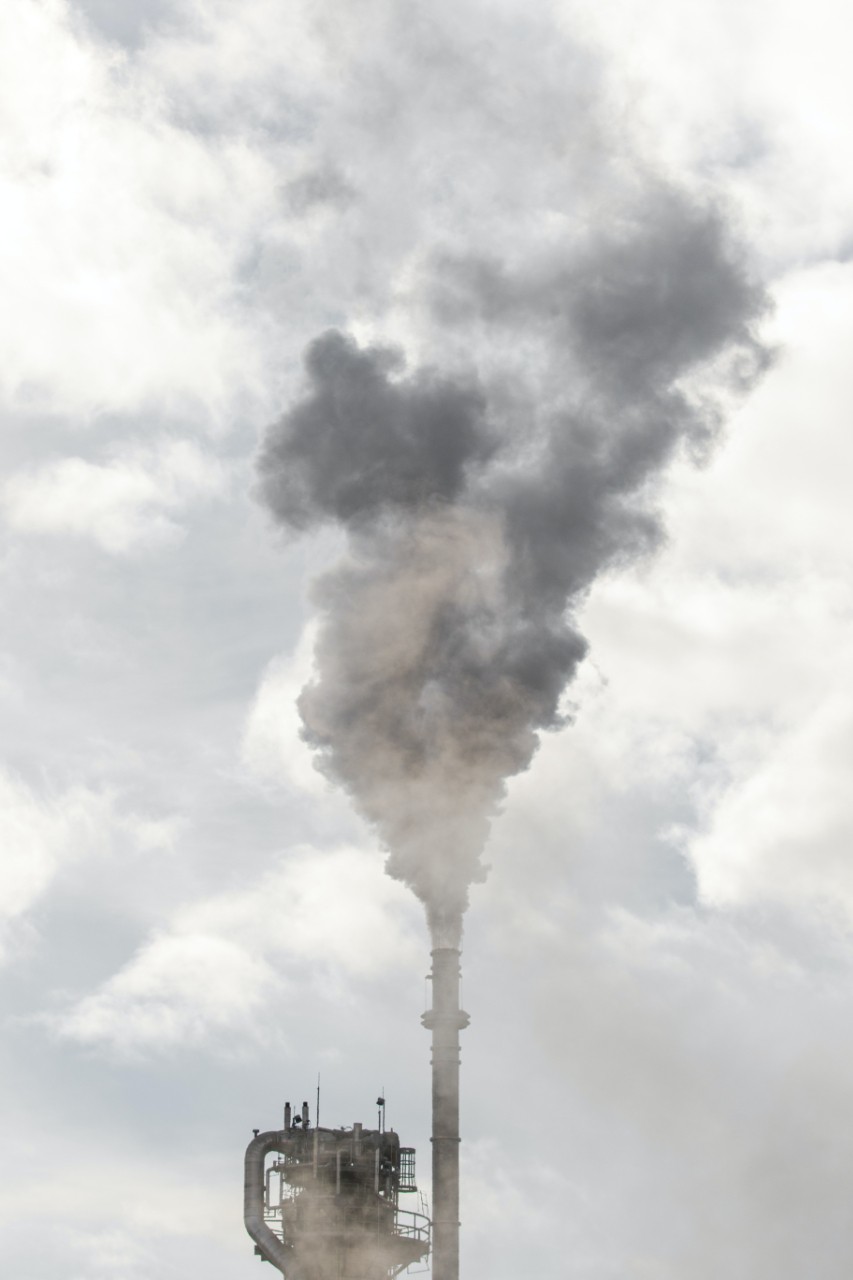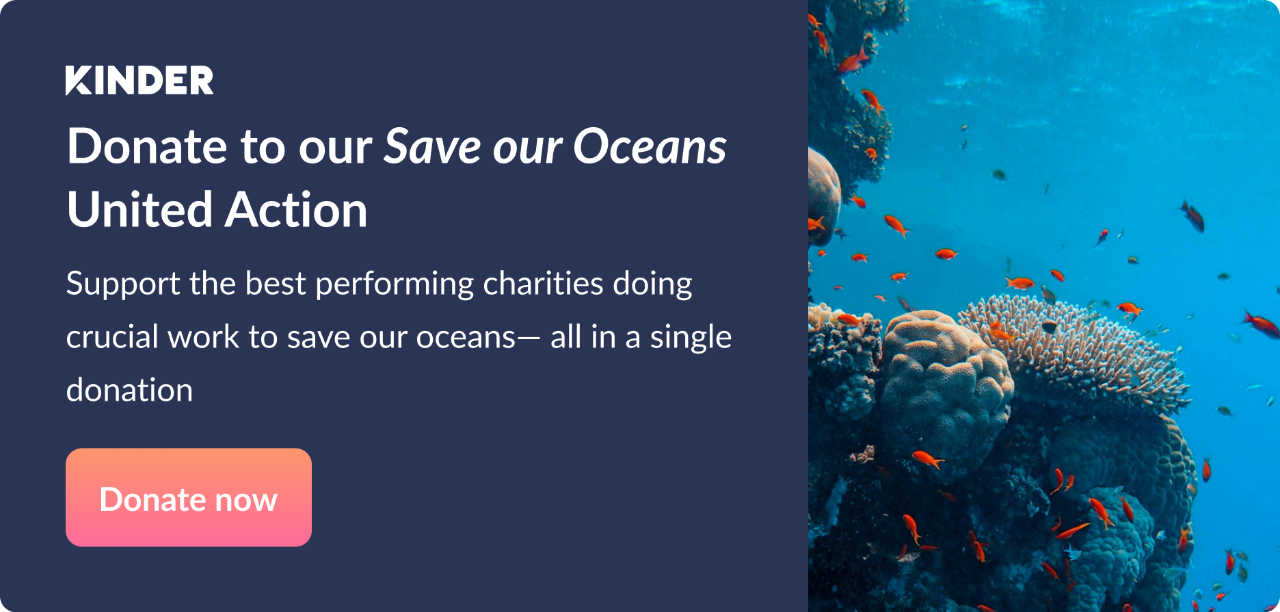Anirudh Sharma, Graviky’s co-founder, was born in India, where more than 100 million people are breathing polluted air that is, at least, 10 times above the World Health Organization’s safety limit.
One of the largest sources of air pollution is carbon, entering the atmosphere when vehicles and factories burn fuel. When the particles are visible, we can see them in the form of smoke, common in big cities like Delhi and Calcutta, under a permanent dense fog.
However, some particles are too tiny to be noticed. These are the most dangerous ones, capable of reaching our lungs and bloodstream, causing health problems, and contributing to climate change when trapped in the atmosphere.
Putting air pollution on the market
Sharma was studying at the MIT Media Lab when he decided to do more than capturing tiny particles from the atmosphere; he wanted to turn pollution into something that could be used in new products. Sharma believed that if pollution became a raw material, more companies would feel encouraged to do the same since it would create a new revenue stream.
“If you create a market for this carbon—for this trash—then more carbon will be collected,” Sharma says.
Sharma developed a process for filtering particles from the atmosphere and making them safe to be used. He found that when enough particles are collected, it creates a solid mass— a black pigment— that can easily be smudged on paper and transformed into various kinds of ink.
When he graduated, Sharma launched Graviky Labs so he could continue developing and commercializing what is now called AIR-INK®.

Problem-solving you can wear
AIR-INK® caught Amanda Parkes’ attention. Parkes is the chief innovation officer at Pangaia, a two-year-old fashion brand focused on material innovation, known for using experimental sustainable materials in its garments.
Being a fellow alumna of the MIT Media Lab, Parkes heard about Sharma’s work and wanted to know how this technology could work on garments. The fashion industry has a large carbon footprint and ink is a very common material used to create dyes and patterns on fabric.
“In the fashion sector, we spend a lot of time in synthetic chemistry, using a lot of toxic chemicals, to get a black this pure,” Parkes says. “We already have this perfect black ink in nature, so why not use it instead of synthesizing something else?”
AIR-INK® produces a black pigment comparable to—or even better than—the one Pangaia was using. So, Pangaia partnered with Graviky Labs and is now a pioneer in printing graphics using air pollution particles in a water-based black ink—who knew emissions from 2,500 hours of driving a standard vehicle could produce 150 litres of ink?
Making responsibility fashionable
It is never easy to switch off the old ways of doing business and incorporate new materials and technologies into the fashion world. However, companies like Pangaia are important to bring the conversation about fashion’s role in air pollution and climate change back. This fuels the discovery of innovative technologies that are healthier for the environment.
“If there’s a problem and you look at it a little differently, you might discover huge, untapped opportunities”, says Sharma.
Sharma’s goal is to reduce the price of AIR-INK®, currently, double the price of other black inks on the market. He believes the ink’s sustainability component will sell itself to companies that want to diminish their carbon impact and are committed to taking responsibility for their actions.
Written by Ana Sofia Mergulhão





